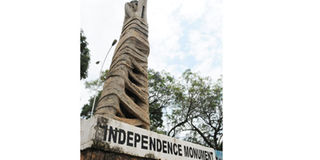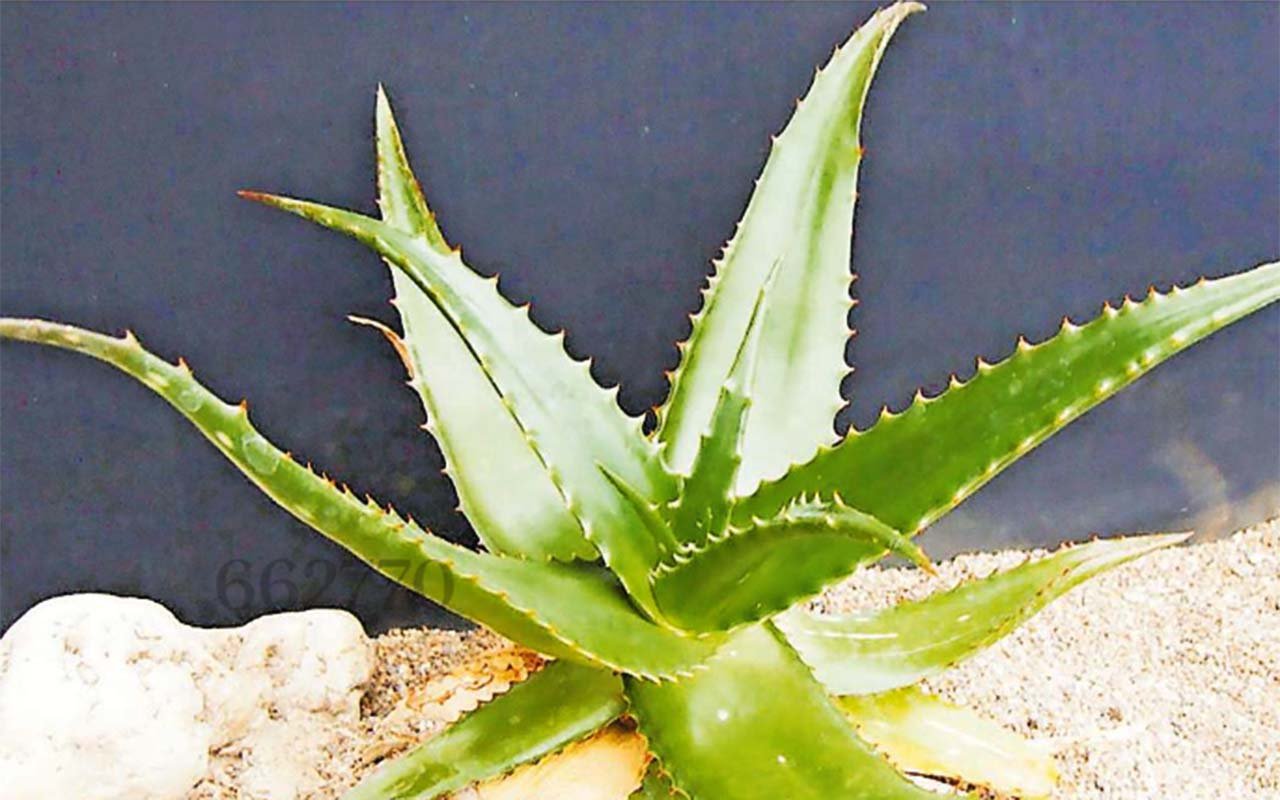Prime
The symbol of freedom

Uganda's Independence Monument was actually sculpted by an artist of Kenyan origin, Gregory Maloba.
The Independence monument is considered to be the best piece of art by Kenyan artist, Gregory Maloba, who rose to prominence though the outstanding nature of his works in Uganda. Mr Maloba was recommended to Ms Margaret Trowell, who started the school of Fine Art at Makerere University, in 1941. He was her first serious student, writes Marshall Ward Mount, in the book African Art. He started helping her in teaching painting the following year. Mr Maloba died in 2007.
Dr George Kyeyune, Dean at the Margaret Trowell School of Fine Art, has studied the deceased’s works and even written a chapter on him in his book, Pioneer Makerere Masters. He writes of the sculpture being the best of Mr Maloba’s works. Dr Kyeyune says of the artist, “He made his mark during the Independence decade. He is the foremost sculptor in Africa of his time.
Ben Enwonwu from Nigeria was his only rival.” Mr Maloba was lectured at the Makerere School of Fine art from 1940 to 1966.
The monument, standing along Speke Road in Kampala, portrays a woman hoisting up her child in the air. It bears great symbolism for the struggle of Uganda’s independence and casts a light into the future.
“The female figure with a child, growing from the earth like a giant forest tree signifies the motherland. The mother, standing astride, has both legs firmly attached to the ground strengthening her. Meaning, Uganda is firm through the ages and not given to be moved now or in the future,” writes, Marion I. Arnold, in the book, Art in Eastern Africa.
“The presence of voids within the binding may suggest that the bond between the colonial masters and their colonies has been loosened. But more specifically, there is an allusion to the stress of independence euphoria under which the sculpture was made. As her bonds fall away, Mother Uganda holds aloft a joyful newborn child of independence,” the book adds.
The monument’s picture is prominently placed on the country’s legal tender, featuring on the faces of all new bank notes, in circulation since last year. Dr Kyeyune says no major repairs have been made on the monument since its sculpturing, but that its pedestal has been repainted, dusted and brushed. Its body, which had collected dust over time, has also been dusted and washed.
According to Dr Kyeyune’s book, Maloba came to Kampala in 1941 and tried his hand at different forms of art, like wood carvings, pottery, modelling and sculpture. “He had his artistic vocabulary extended by becoming acquainted with diverse traditions and he encouraged his students to look at work by artists of every race and generation,” Dr Kyeyune writes.
Maloba was born in 1922. After working at Makerere University, he fled Uganda at the end of the 1960s, after the country degenerated into chaos. He then proceeded to the University of Nairobi, and from there, to Kenyatta University. He died in 2007, at his home in Eldoret in Kenya where he had retired on a large maize farm.




